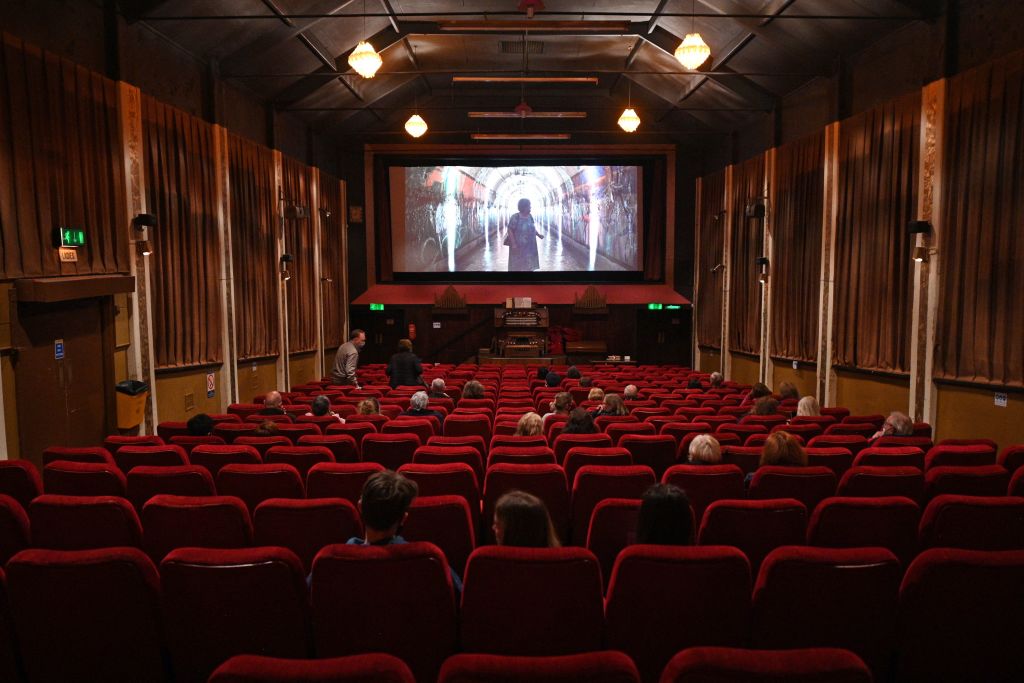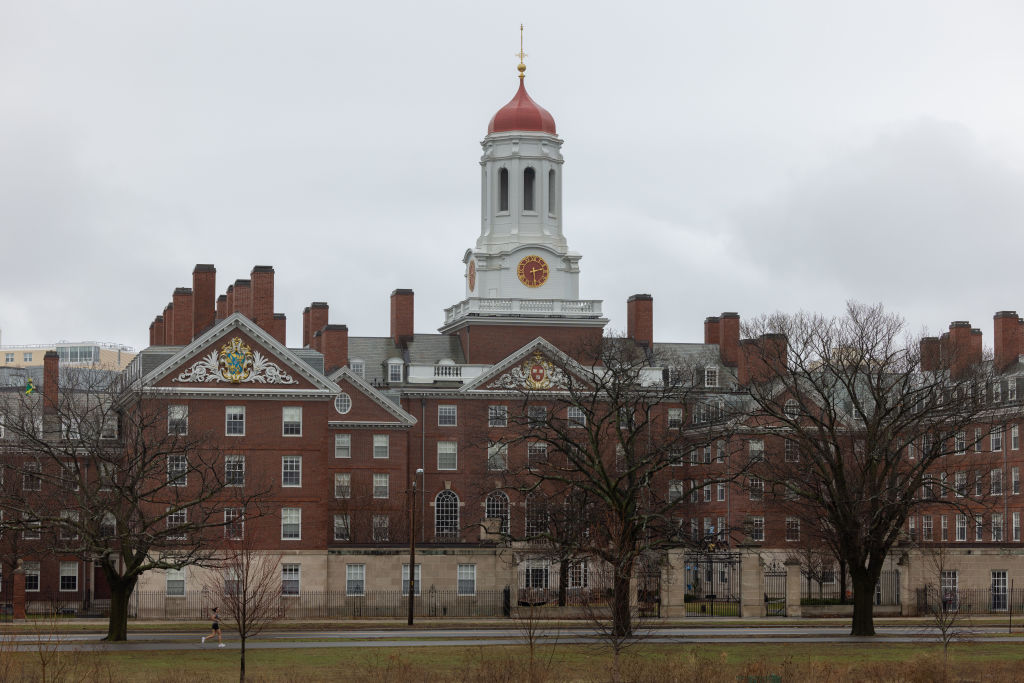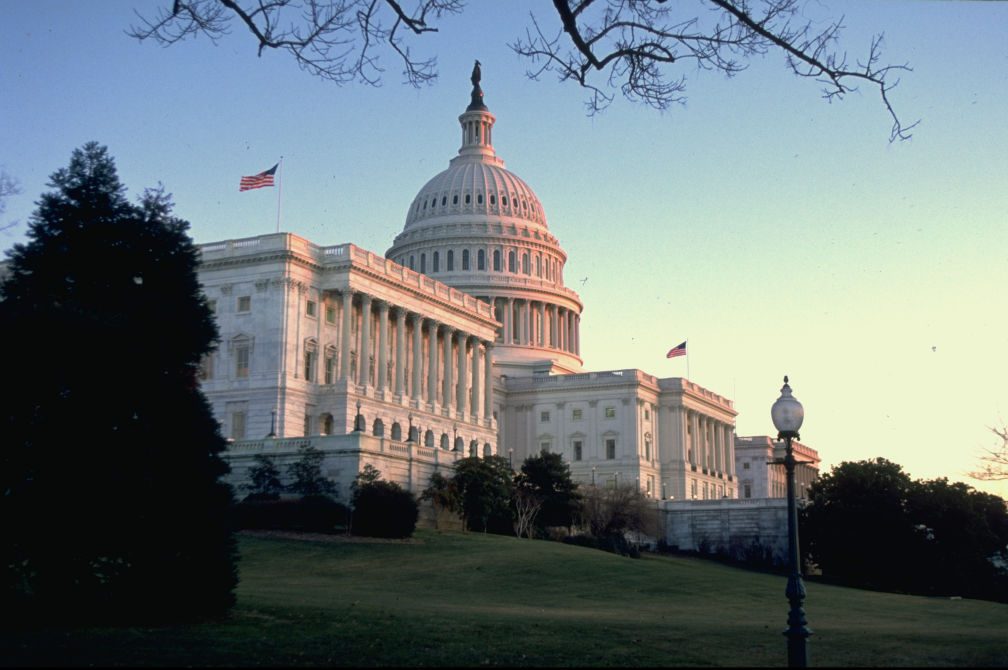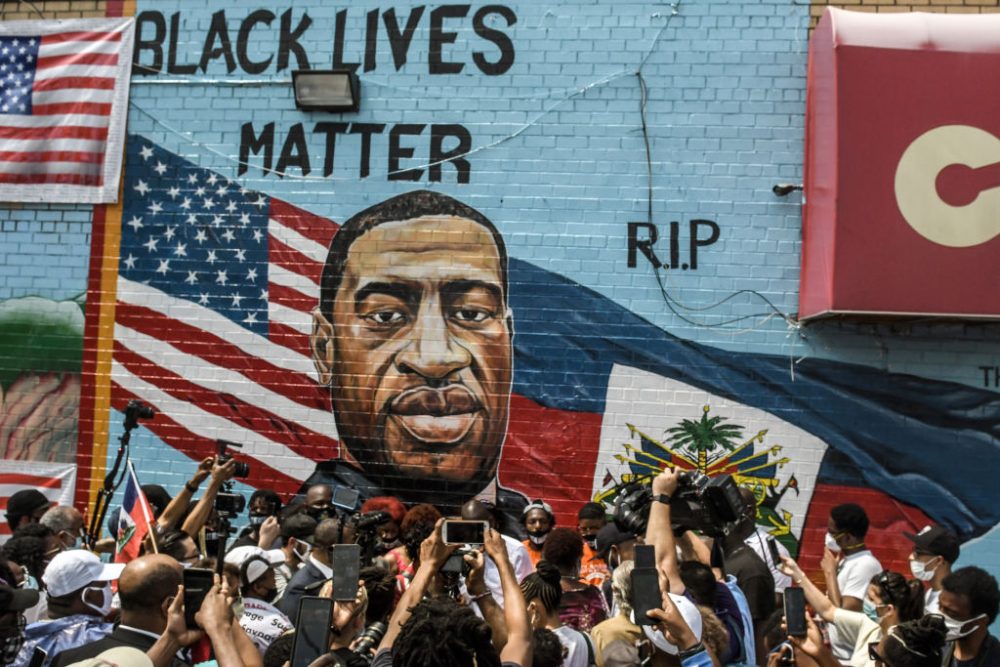No better measure of the degree to which a society has become politicized exists than the content of its public educational curricula and the character of its popular culture. To judge by this measure, the societies of the Western world — the United States, the Anglosphere and Europe — have been subjugated in the twenty-first century by the political and social agenda of the dominant public class to an extent not seen since the 1930s, when Soviet “art” was proudly propagandistic, continental writers predominantly socialists or communists, and American ones enamored of the working classes and proletarian culture in a period when the nation’s literary culture was centered in New York City and California and exerted a moral force so powerful that the most famous novelist of the period, Ernest Hemingway, felt compelled to feign an interest in left-wing politics by writing an unconvincingly pro-Republican novel about the Spanish Civil War.
Today left-wing politics has repoliticized the arts, including popular culture, with a vengeance, though less obviously and with a subtlety that makes its influence less apparent to the masses and more annoying for the sophisticated minority. Soviet art was a matter of gross overstatement and oversimplification, in bold colors and startling figures at the level of the cartoon. Its twenty-first century equivalent is in the business of sly misrepresentation which achieves its effectiveness by appealing to the human unconscious and reliance on subliminal perception in the way that the practitioners of advertising do. Indeed, the advertising industry and the popular entertainment one are allies in promoting a Great Misrepresentation whose ultimate aim is the transformation of all American life to conform with a specific ideological design.
Kenneth Minogue described ideologies as being at once descriptive and activist, “attempting to make true what has already been declared to be true.” In the case of the misrepresentational project, the ideology at work is a fusion of multiculturalism, feminism, Black Lives Matter and the rainbow flag, all seeking to normalize their presence in private and public life through familiarity and the illusion of ubiquity. The ideologues have cleverly chosen to achieve this aim by hugely exaggerating that presence, both in numbers and in the extent to which representative individuals appear in the wide variety of roles they aspire to play in society.
The process, already well under way, was vastly accelerated and expanded immediately following the death of George Floyd in Minneapolis in May 2020, when the numbers of black actors in television commercials and print advertisements exploded, virtually overnight, to the point where a stranger arriving in the United States might easily imagine, after his first night in a hotel room equipped with a television set, that the country’s population is at least half black. In Great Britain, popular television shows convey a similar impression; not just, as is almost demographic fact today, in London, Birmingham and Manchester, but also in small English towns and rural villages, where black policemen are a TV commonplace and detectives and detective inspectors nearly as likely to be black or female — or perhaps both — as white male ones.
In contemporary British and Continental films, married young people are virtually nonexistent, while casual sex, divorce and single parenthood are the norm: a generalized social pathology made dramatically explicable by the absence of sincere religious believers (croyants are nearly always narrow, petty, bigoted, hypocritical, or all four). No one else attends church services and Christianity itself is vaguely unsavory, while having no intellectual or emotional place in the thematic, dramatic and poetic structure. Immigrants, always of color and generally young, are inevitably empathetic, their presence in the country a matter of unquestioned, and unquestionable, fact.
The obvious ideological purpose of the advertisers, the media and the filmmakers is to represent a world in which the triumph of left-wing politics, culture and morality is already an accomplished fact, as unchallengeable and irreversible as it is just, benign, healthy — and dialectically inevitable. And yet, if ideological left-wing politics, culture and everything that comes with them have established themselves everywhere and forever, what is the point in insisting strenuously and ceaselessly on the fact? The obvious answer is, to encourage existing majorities to give up and give in to the new reality. Or, as the leftist retort goes, “Get over it!”
The trick is to accommodate the old unregenerate world to the new and glorious one by stages, before it can realize where it is going and rebel against it.
The issue is not whether the world the ideologues are laboring to realize would be worse than the present one, or better. It is simply that it does not exist yet; that it is not the world we live in today, and perhaps never will. Before the age of ideology, the aim of serious writers and artists, with the exception of satirists and futurists, was to represent human reality as being what it is, and not something else.
This article was originally published in The Spectator’s November 2023 World edition.


























Leave a Reply